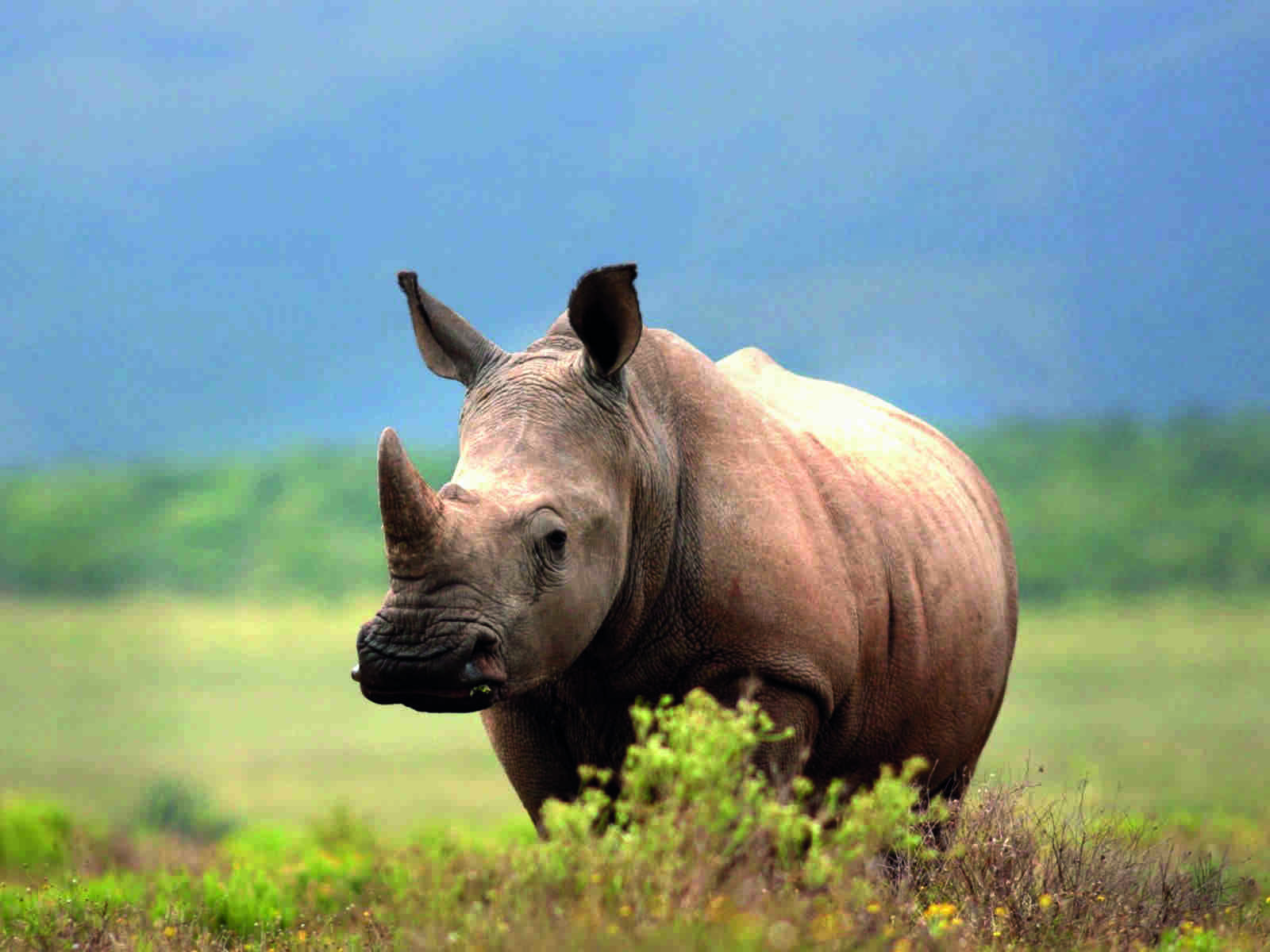State shelves plan to relocate rhinos

Kolkata: The state Forest department has shelved its plans of relocating rhinoceros from their existing habitat but has started taking steps to encourage the automatic movement of the animals.
The state had earlier made plans for relocation for balancing the rhino population that has increased by leaps and bounds both at Jaldapara and Gorumara National Park in North Bengal.
According to the last census by the department held in March, the number of one-horned rhinos at Jaldapara stood at 292 while that in Gorumara stood at 92. Among the 292 animals, 101 were male, 134 female and 57 sub-adults whose sex could not be determined.
In 1982-83 there were only 18 rhinos in the two forests.
"We have removed some barriers that were acting as an impediment to the automatic movement of rhinos to Patlakhawa which is connected with the Torsa River. The results have been positive with one female rhino travelling to Patlakhawa and spending two months there before returning," a senior official of the state Forest department said.
The state government had taken more than two years for developing the infrastructure of Patlakhawa which included the boundary of the habitat, grassland improvement, the setting up of watch towers and the deployment of security staff.
The Patlakhawa forest has a large wetland and was once a game reserve of the Koch dynasty that had ruled Cooch Behar. 100 years back rhinos used to exist there but with the river Torsa changing its course the area was cut off.
"We are constantly focusing upon making the different corridors of movement of the rhinos so that their movement is natural," Debal Roy, state Chief Wildlife Warden said.
Work is presently going on to clear bottlenecks associated with an 80-square metre zone in the Lankapara area.
"There is also an added area under Chilapata forest that can be utilised for natural movement of the rhinos," the senior official added.
He further maintained that in case of tranquilising rhinos for relocation, drugs need to be imported from South Africa and the entire process is complicated and time-consuming.
Bengal has the second-highest population of rhinoceros after Assam.



